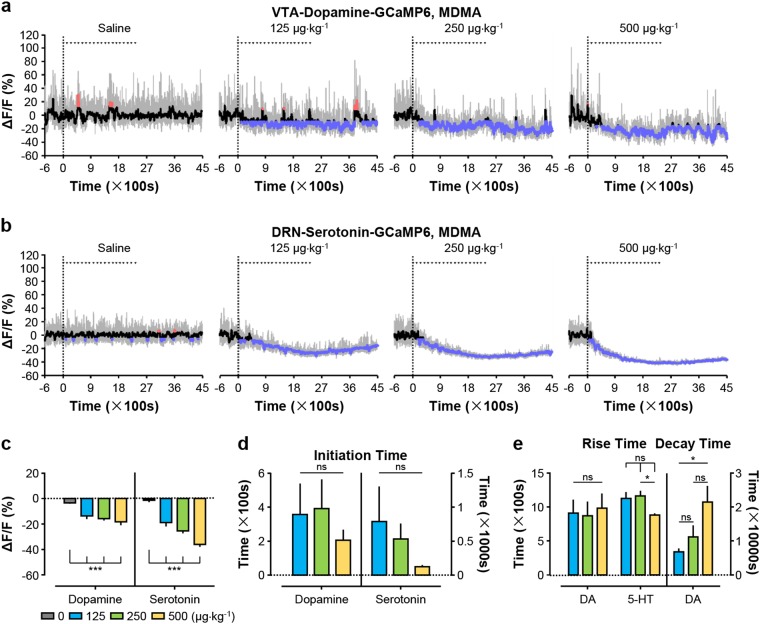Fig. 4. MDMA strongly reduces the activity of serotonin neurons but exerts a much weaker effect on dopamine neurons.
a, b Representative Ca2+ signals of dopamine neurons and serotonin neurons following MDMA infusion at the indicated doses. c Overall Ca2+ signals during MDMA infusion [n = 6 dopamine mice, F(3, 20) = 11.58, p = 0.0001, one-way ANOVA with Tukey’s post-hoc test; n = 7 serotonin mice, F(3, 24) = 42.82, p < 0.0001, one-way ANOVA with Tukey’s post-hoc test]. d Initiation time for MDMA to inhibit dopamine neurons and serotonin neurons [n = 6 dopamine mice, F(2, 15) = 0.4386, p = 0.6529, one-way ANOVA with Tukey’s post-hoc test; n = 7 serotonin mice, F(2, 18) = 1.060, p = 0.3672, one-way ANOVA with Tukey’s post-hoc test]. e Rise time and decay time of MDMA-induced decrease in Ca2+ signals of dopamine neurons and serotonin neurons [n = 6 dopamine mice, F(2, 15) = 0.4386, p = 0.6529, one-way ANOVA with Tukey’s post-hoc test; serotonin, n = 7, F(2, 18) = 1.060, p = 0.3672, one-way ANOVA with Tukey’s post-hoc test]. Error bars indicate SEM (c–e). *p < 0.05; **p < 0.01; ***p < 0.001; ns not significant

